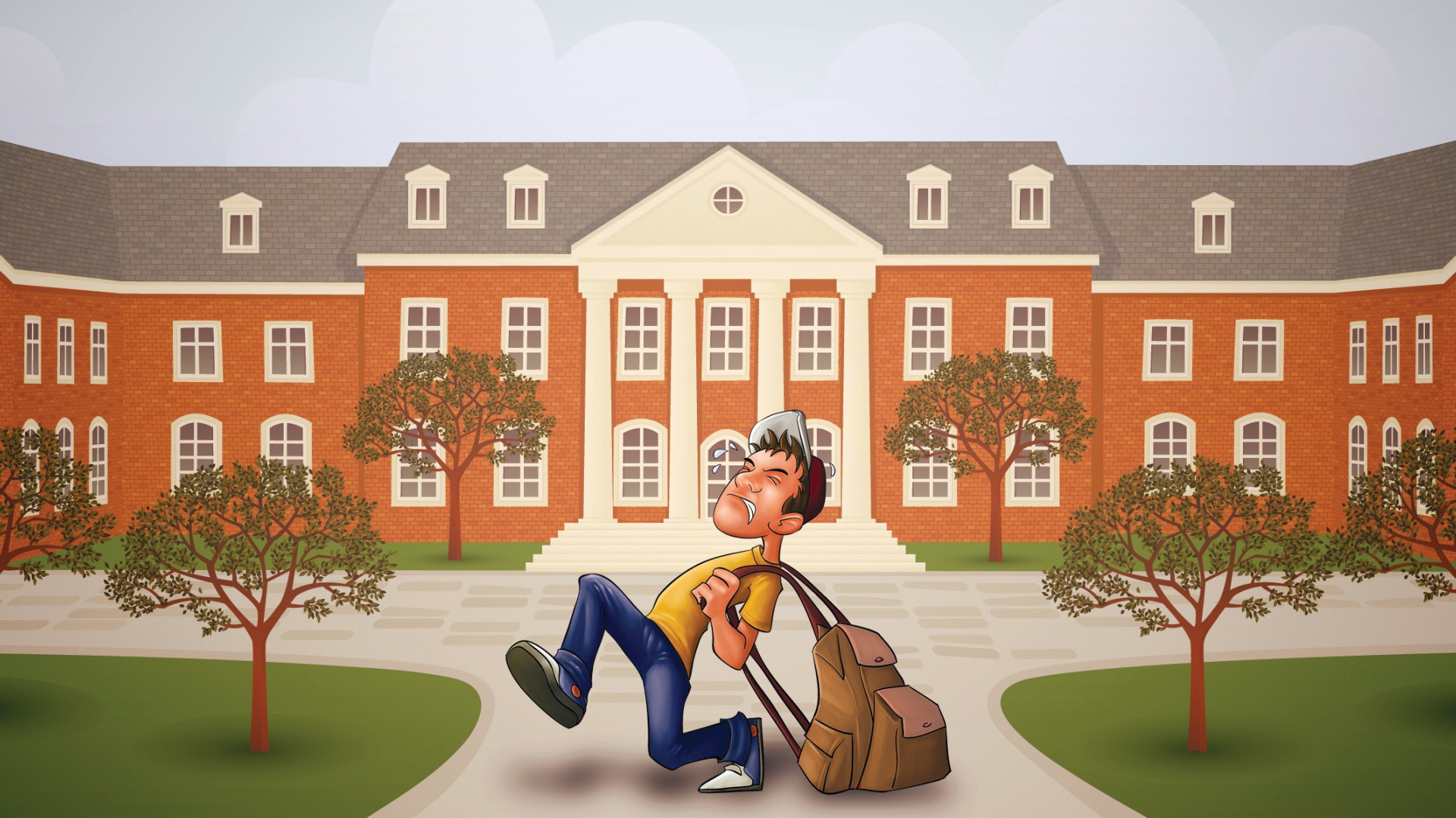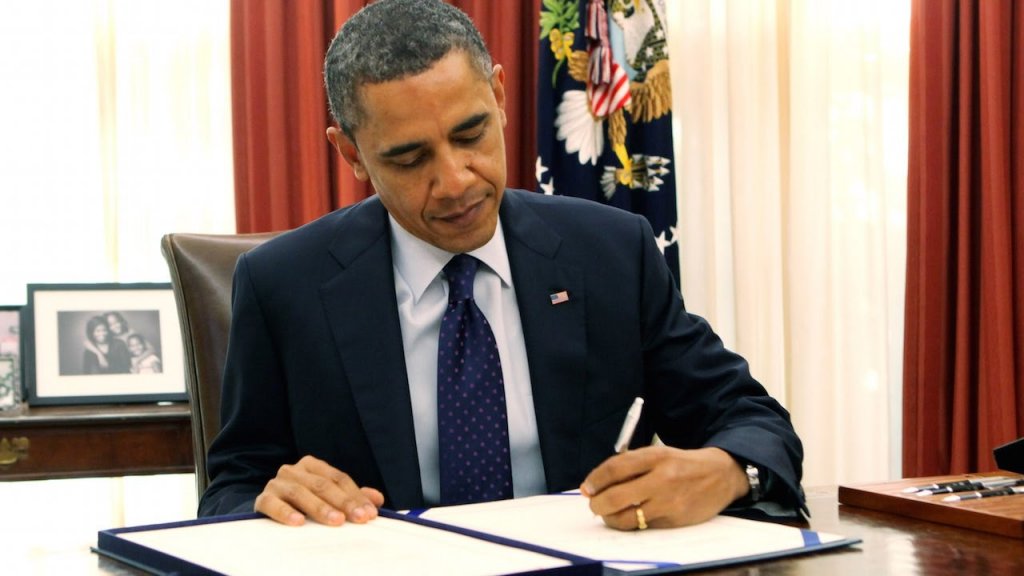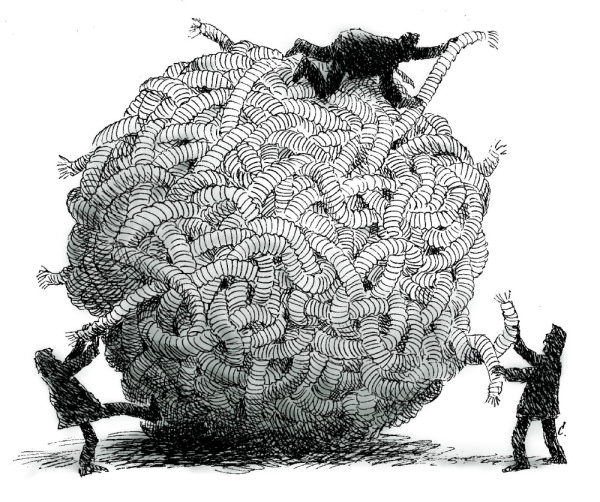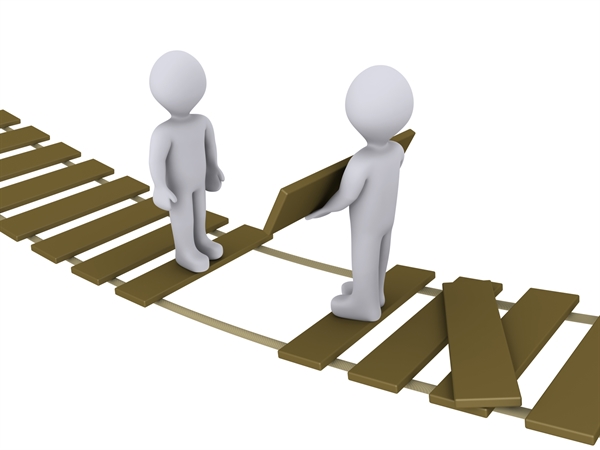Aparna
Published on
07 - 01 - 2016
Aparna
Published on
07 - 01 - 2016

When we ask workshop participants whether they have done an activity called “the privilege walk” before, hands inevitably shoot up, accompanied by furrowed eyebrows, skeptical glances, and other hallmarks of concern. I can almost see the thought bubbles above their heads: Are these women going to make me do the privilege walk . . . AGAIN?
The sin qua non of every diversity trainer’s repertoire of activities, the privilege walk, has a long and storied history. It builds off of Peggy McIntosh’s touchstone 1988 essay, “White Privilege: Unpacking the Invisible Knapsack” in which she describes “an invisible weightless knapsack of assurances, tools, maps, guides, codebooks, passports, visas, clothes, compass, emergency gear, and blank checks” as a metaphor for white privilege. The lists of items that go in this knapsack, such as seeing people of your race widely represented on T.V. and in the front page of the newspaper, are representative of white privilege. The article has been adapted into an activity during which people are generally asked to stand side by side and take steps forward or backward depending on whether they have had access to certain opportunities. For example, a facilitator might ask: “take one step forward if you can easily find band-aids that match your skin tone.” At the end of the activity, people are scattered on a field in patterns representing their responses to the facilitator’s questions.
Over time, the list of questions has morphed, but the core of the activity remains the same. Although McIntosh is certainly not the first to write about whiteness and white privilege* McIntosh’s list lent itself easily to the creation of an activity that demonstrated (and not just told) individuals how privilege impacts our daily lives, which can be a powerful learning mechanism. With that said, the activity has not always worked to change mindsets or behavior. On the one hand, it can leave people with privileged identities feeling resentful, guilty, ashamed, and angry. Participants with privilege tend erect walls, become fatigued and simply want to move on from “all this talk of privilege.” On the other hand, it can leave people with marginalized identities feeling like they were just reminded of all the ways in which they experience oppression. They too erect walls and sometimes ask themselves why they put themselves through a training that is apparently not for them. Though this does not always happen, the activity runs a high risk of being more divisive than educational, especially without any briefing and debriefing.
Here at the Avarna Group, we use a different metaphor: the backpack of bias. We begin with the framework of bias because it allows for a more intersectional approach and invites everyone to examine their bias (don’t believe me when I say we all have bias? Take this test). Admittedly, some people are further along in their “DEI journey,” but we would be doing a disservice if we denied that everyone has bias (ourselves included). Moreover, using the backpack of bias framework allows us to talk not only about race, but also class, gender, sexual orientation, education, ability, age, and more.
Once people are aware of their backpack of bias, we load it up with examples of how bias shows up in interpersonal interactions, in institutional culture, and industry wide norms. Additionally, and perhaps most importantly, we can then have a meaningful conversation about how bias intersects with power and privilege. Of course, we never leave a training without providing participants with tools to mitigate and interrupt bias, as well as ways to articulate their unique brand of allyship based on their experiences, knowledge, identities, biases, and spheres of influence. These tools make the load of the backpack of bias feel more manageable. At the end of a training, we may run the privilege walk (though with statements more pertinent to our audience that cover a broad range of identities), but it takes time to get a group to the point where the privilege walk feels productive and meaningful.
So, if like us, you want folks to start asking the tough questions in Peggy McIntosh’s essay but are concerned they’re not ready, swap out the knapsack of privilege with a backpack of bias. Just for starters.
*see the work of W.E.B. Dubois, James Baldwin, Bell Hooks, Theodore Allen, Noel Ignatiev, and Aileen Moreton-Robinson for more on whiteness and white privilege.
Implementing President Obama's Memo on Diversity & Inclusion in Public Lands & Waters Dear valued partners and friends: We’re writing…
Read full post about What Does President Obama’s Memo Mean for You?In one of our early workshops, I was considering whether to share my personal experience of taking the Implicit Association…
Read full post about When in doubt, ask “in service of what?”As diversity, equity, and inclusion (DEI) professionals, we envision ourselves as bridge builders. Each person is in a different…
Read full post about A guide to building DEI bridges

